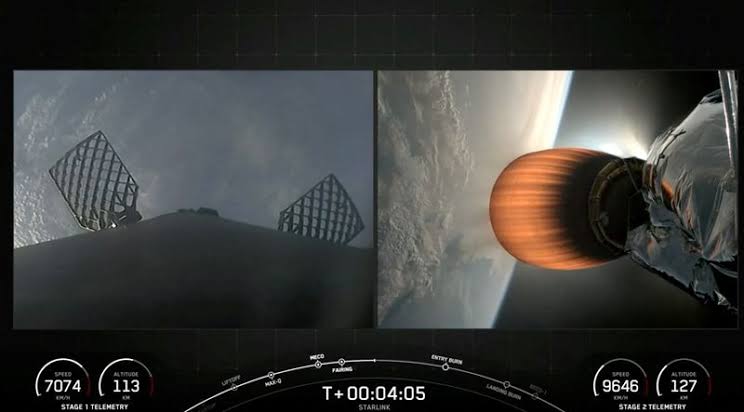In a significant setback for SpaceX, the US Federal Aviation Administration (FAA) has grounded the Falcon 9 rocket following its breakup in space on Thursday night (July 11). This incident marks the first failure for the Falcon 9 in over seven years.
Mission Overview: Starlink Satellite Deployment
The Falcon 9 was on a mission to deploy 20 Starlink satellites into Earth’s low orbit. The launch from Vandenberg Space Force Base in California initially proceeded smoothly, with the first stage successfully returning to a drone ship. However, about an hour post-launch, the rocket’s second stage failed to complete its second burn, resulting in the satellites being deployed into a lower orbital path than intended. Consequently, these satellites are expected to re-enter Earth’s atmosphere and burn up.
Elon Musk’s Response and Mitigation Efforts
SpaceX founder and CEO Elon Musk has announced efforts to update the satellites’ software to fire their onboard thrusters more frequently, attempting to avoid an intense atmospheric re-entry. “Unlike a Star Trek episode, this will probably not work, but it’s worth a shot,” Musk commented, highlighting the uncertainty of this mitigation strategy.
FAA’s Grounding Order
The FAA has mandated that the Falcon 9 remain grounded until SpaceX completes a thorough investigation, addresses the issue, and receives approval to launch again. Depending on the complexity of the problem, this process could span several weeks to months.
Public Safety and Re-entry Timeline
SpaceX has assured the public that the re-entering satellites pose no threat. They are expected to appear as streaks of light in the sky, reminiscent of “shooting stars,” as described by Musk in a response to a SpaceX post. The company has not provided a specific timeline for the satellites’ re-entry.
Technical Issues
Initial investigations by SpaceX engineers detected a leak of propellant liquid oxygen, which led to the second stage failure. This technical glitch underscores the challenges and complexities involved in space missions.
Conclusion
This grounding order is a crucial step to ensure future missions’ safety and success. Stay updated with our platform for the latest news on SpaceX and other space-related developments.



